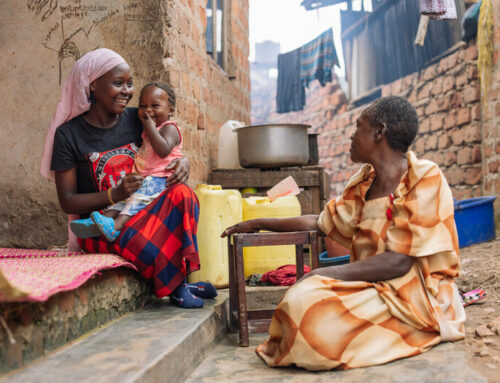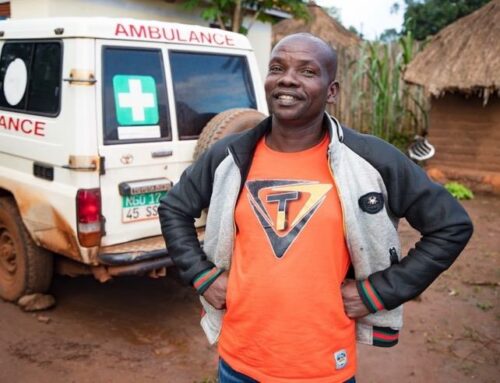Training health workers to prevent disease outbreaks
In Tanzania, health facilities in rural communities have a limited capacity to detect, respond to, and control disease outbreaks. This means that if one person comes down with an infectious disease like cholera, it can quickly spread uncontained and result in an outbreak where a whole community is affected.
That’s where we come in. In partnership with the Centers for Disease Control and Prevention (CDC), we are training health workers and community volunteers to investigate and report outbreaks at a local level. The program is funded through the Global Health Security Agenda (GHSA).
We trained health workers and community volunteers in the Arusha, Kilimanjaro, Kagera, Kigoma, Katavi and Mbeya regions in Tanzania, with long term plans to expand to other regions in the country.
Community Volunteers are trained to engage community members in investigating a possible outbreak, identify diseases, provide referrals to nearby clinics or hospitals and record and report disease cases to health facilities.
Health workers like nurses are also trained to identify diseases, provide treatment to patients, report cases of disease to a national database, and to report outbreaks.
Hadija is 28 and an assistant nurse at Endulen hospital in Ngorongoro District, Tanzania. She is one of the nurses we have trained. Hadija says:
“The project plays a big role in creating good relationships between the community volunteers and health facilities. This project has also helped the community to understand the importance and benefits of getting health services from the health facilities. It has led to the increase of the nearby Maasai communities in using the health facilities.”
So far we’ve trained 500 community volunteers, and 113 health workers like Hadija.
Just one month after completing the training, a volunteer from Arusha region put the training into practice. He reported suspected cases of anthrax in his village to his supervising health worker at a local hospital. Together, they successfully identified, isolated, and sought treatment for four anthrax patients–saving the life of a four-year-old boy and preventing the disease from spreading in the community.




